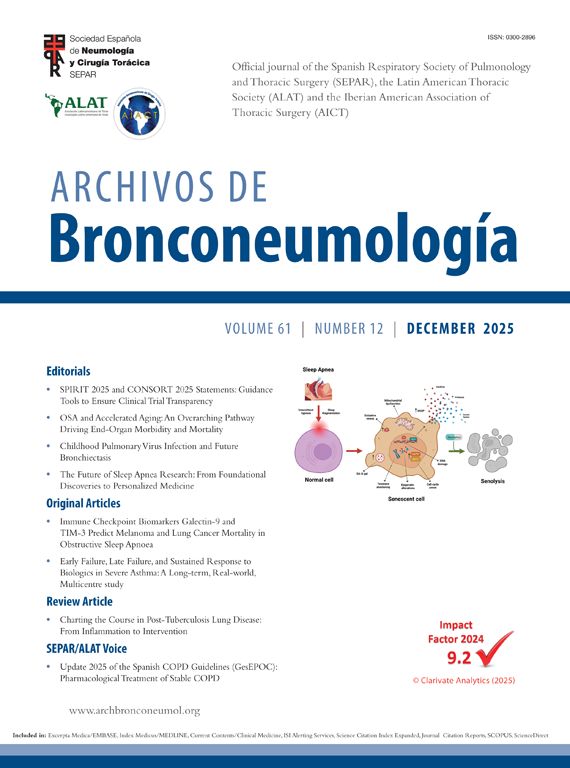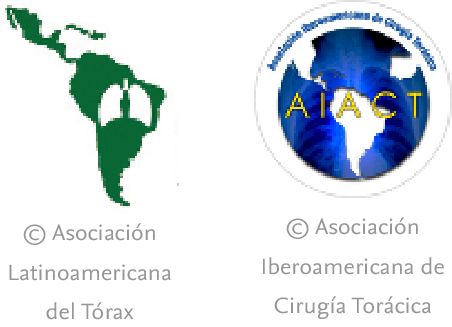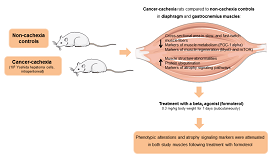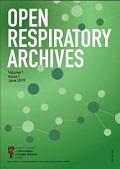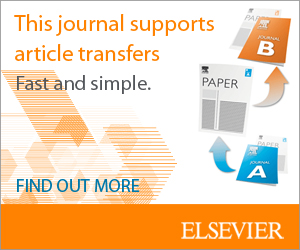Malignant solitary fibrous tumors of the pleura (SFTP) are aggressive tumors with a recurrence rate between 0% and 42.9%.1 Surgical resection is the standard treatment.1,2
A 50-year-old male patient presented with a 3 months history of 10kg weight loss, dyspnea, chest pain, and anemia. A computed tomography (CT) scan showed a 12cm×16cm mass with compression of mediastinum (Fig. 1a and b).
(a and b) A chest CT showed a 12cm×16cm mass with compression of mediastinum. (c) Specimen after a left intrapericardial pneumonectomy with an en bloc resection of the 4–7th left ribs and a segment of diaphragm (L – lung, R – ribs, D – diaphram). (d) Closure of the wall defect using a 20cm×15cm composite polyester mesh with collagen film (SYMBOTEX™).
The patient underwent a left intrapericardial pneumonectomy with an en bloc resection of the 4–7th left ribs and a segment of diaphragm (Fig. 1c: L – Lung, R – Ribs, D – Diaphragm). The chest wall and diaphragm defects were closed using a 20cm×15cm composite polyester with collagen film (SYMBOTEX™) (Fig. 1d) and a 10cm×15cm titanised polypropylene (TILENE®) mesh respectively.
Histologically the specimen showed a 16cm×19cm×17cm, 2kg SFTP infiltrating into the lung parenchyma, 4th rib and diaphragm with more than 2cm free resection margins. The tumor had hypercellularity, atypia, dedifferentiation, pleomorphism, and 6 mitosis/10 high-power fields (HPFs). Immunohistochemically expressed vimentin and CD34. The tumor was classified as SFTP with high malignant potential. The patient started adjuvant therapy with adriamicin and doxorubin regime.
FundingThis research did not receive any specific grant from funding agencies in the public, commercial or not for profit sectors.
Authors’ contributionsJRTB conceived and designed the study. JRTB, OAFG and SSL contributed to the writing of the manuscript, revised the article critically and approved the final version.
Informed consentThe authors have obtained the informed consent of the patient. This document is held by the corresponding author.
Conflict of interestThe authors have no conflicts of interest to declare that might be directly or indirectly related to the manuscript contents.

